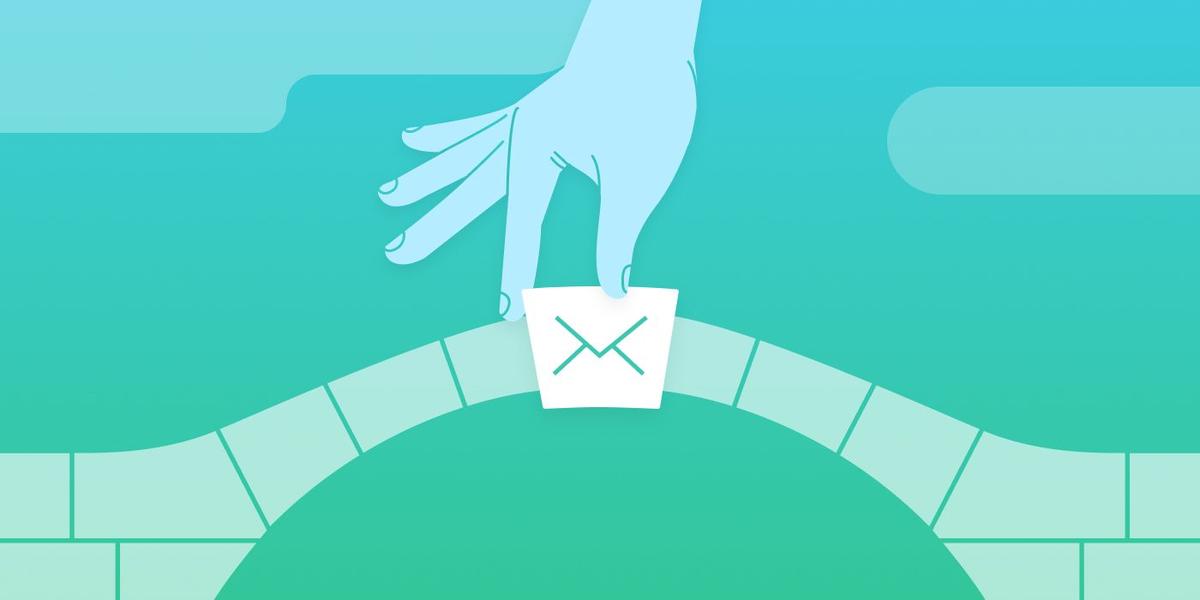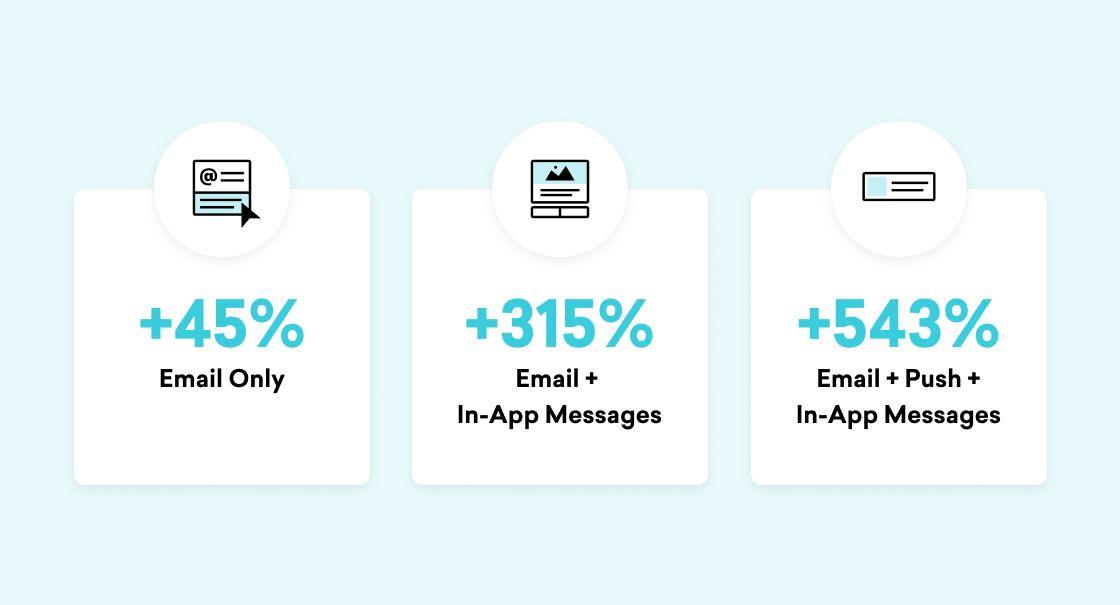The Power of Email and Mobile Marketing Automation
Published on June 22, 2020/Last edited on June 22, 2020/4 min read


Tiffany Duncan
Marketing Department Coordinator, BrazeFirst, there was email.
Before in-app messages or web push or Content Cards, or any of the other web- and mobile-focused channels of today, brands were using email in their marketing campaigns to successfully reach, engage, and convert recipients. And while times have changed in so many other ways, the positive effect that email marketing can have on brands’ customer engagement efforts haven’t—when it comes to reach, impact, and ROI, few marketing tools can complete with a well-designed, optimized email strategy.
But not every email marketing program is set up for success. Today’s email is a dynamic, increasingly interactive channel that’s just as much a mobile channel as anything else, and the success of a modern email marketing strategy depends on using key new tools and approaches to keep up with changing customer behaviors and expectations. Let’s take a look at how to make that happen.
Email: Customer Messaging’s Foundational Channel
From its origins more than 50 years ago, email has grown into the first major digital channel for direct customer engagement. Today, about 90% of US internet users are email users, making email the most common digital activity in the US, and there are approximately 4 billion email users worldwide. More than 306 billion emails are sent and received every day worldwide by an audience of people who tend to check their inboxes multiple times per day.
While email came of age on desktop computers, about half of all emails today are opened on mobile devices—making email one of the biggest and most significant mobile channels out there and a key part of any mobile marketing strategy. The rise of mobile hasn’t just impacted the devices that emails are read on; it’s also helped to shift the way that people now expect to be messaged. With 90% of today’s consumers annoyed by irrelevant marketing, it’s become essential for email marketers to serve up a highly targeted, personalized experience with every email they send, instead of yesterday’s batch and blast approach.
Email Campaigns Provide High ROI—But Marketing Automation Makes It Higher
With such a wide reach and the ability to engage customers on desktop and mobile alike, it’s no surprise that email delivers high ROI. In fact, email as a channel sees stronger ROI than a wide range of marketing channels, including Search Engine Optimization (SEO), paid search, social media, and more—an average of $42 for every $1 spent on the campaign.
But it’s possible for brands to get even more out of their email program leveraging today’s marketing automation tools to provide more appealing, more impactful email campaigns. By taking advantage of A/B testing, for instance email ROI can rise to $48 for every $1 spent, a 14% increase. And there are a whole range of other marketing automation tools that can help you maximize the effectiveness of your email campaigns, including:
- Automated message personalization: Enrich emails with relevant content informed by each recipient’s unique preferences and behaviors
- Dynamic segmentation: Deliver emails to highly-specific, live-updating subsets of your overall list to provide a more relevant, targeted experience
- Send-time optimization: Deliver emails during each user’s automatically-calculated high engagement windows to boost engagement
Take Your Email Game to the Next Level with Supplemental Channels
Email is more than just a channel—it generates revenue, creates loyalty, and can serve as the foundation of a comprehensive marketing strategy. One of the best ways to enhance your existing email program is to complement the email campaigns you’re already sending with supplemental campaigns in complementary messaging channels. What do those results look like? Braze has found that using the right combination of channels in your campaigns can significantly increase engagement.

Adding in-app messaging to your email campaign can support a more cohesive, end-to-end customer experience and lead to a 315% increase in engagement. If you go even further and add push notifications as well, this three-channel cross-channel engagement strategy can drive a 543% increase in engagement, making your marketing efforts significantly more effective.
86% of senior-level marketers acknowledge the importance of understanding the consumer journey across all channels. However, coordinating multiple channels across every campaign just isn’t scalable without marketing automation tools. To ensure that the right messages are being deployed at the right time in every user’s individual communications flow, you need a automation-driven customer journey tool.
Excellent Messaging, Channel by Channel
Email is the foundation of modern customer engagement. And like any good foundation, it’s at it’s best when you use it as something to build on. By reinforcing the success of your email campaigns with the right mix of supplemental channels and marketing automation tools, it’s possible to provide your customers with brilliant experiences, message by message and channel by channel.
Interested in finding the right mix of channels to add to your email program? Check out the Braze guide to messaging channel expansion to get started.
Related Tags
Releated Content
View the Blog
A day in the life of a data scientist on the BrazeAIᵀᴹ forward-deployed engineering team

McKay Jensen

The new inbox reality: How iOS changes are reshaping email marketing

Aparna Prasad

Experience optimization: Turning data insights into better journeys
